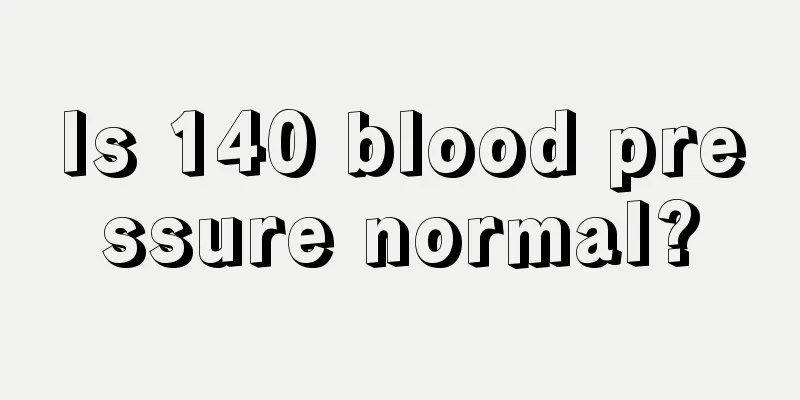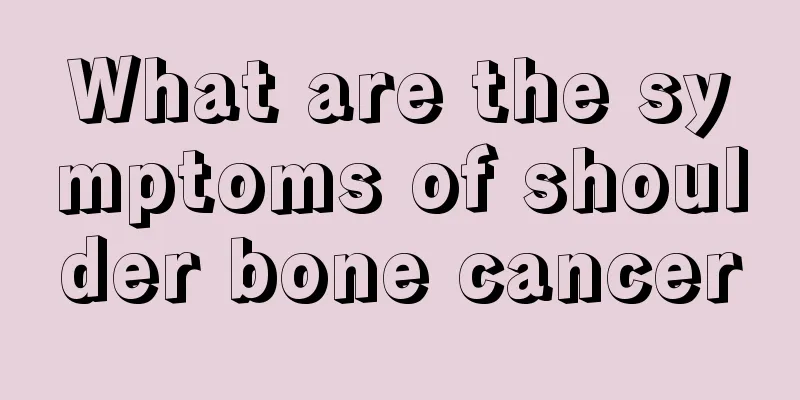Is 140 blood pressure normal?

|
Blood pressure values are quite important for human health, because both low blood pressure and high blood pressure are dangerous for patients. Many people wonder if a blood pressure value of 140 is normal. In fact, a blood pressure value of 140 is at the critical point between hypertension and normal blood pressure, and there is a risk of hypertension. When this happens, it is still necessary to take some blood pressure lowering measures in time! 1. Normal blood pressure In general, the daily blood pressure fluctuation of normal people is within the range of 2.7-4.0 kPa (20-30 mmHg). Without the influence of antihypertensive drugs, sleep can cause blood pressure to drop by about 20% (more obvious in women). The highest blood pressure point is generally between 9-10 am and 4 pm to 8 pm, and the lowest blood pressure point is between 1 am and 3 am. At this time, the sleep phase often falls in the B and 1v phases. Elderly patients with hypertension spend longer time at the highest and lowest blood pressure points, forming a plateau. 2. Systolic and diastolic blood pressure Blood pressure is the pressure exerted on the blood vessel walls when blood flows in the blood vessels. It is the driving force that pushes blood to flow in the blood vessels. When the ventricles contract, blood flows from the ventricles into the arteries. At this time, the pressure of the blood on the arteries is the highest, which is called systolic pressure. The ventricles relax, the elasticity of the arteries shrinks, and the blood continues to flow forward slowly, but the blood pressure drops. The pressure at this time is called diastolic pressure. In other words, the blood pressure formed when the heart pumps blood is the systolic pressure, also called high pressure. Diastolic pressure, also called low pressure, is produced when blood flows back to the heart. 3. The significance of blood pressure changes 1. Increased blood pressure: Blood pressure measurements are affected by many factors, such as emotional excitement, tension, exercise, etc. If the standard measurement method is used under quiet and sober conditions, and the blood pressure values on at least three different days reach or exceed systolic pressure 140 mmHg and/or diastolic pressure 90 mmHg, it can be considered that hypertension exists. If only the systolic blood pressure reaches the standard, it is called isolated systolic hypertension. The vast majority of hypertension is primary hypertension, and about 5% is secondary to other diseases, called secondary or symptomatic hypertension, such as chronic nephritis. Hypertension is an important risk factor for atherosclerosis and coronary heart disease, and is also an important cause of heart failure. 2. Lowered blood pressure: Blood pressure below 90/60 mmHg is called hypotension. Sustained hypotension is often seen in serious conditions such as shock, myocardial infarction, and acute cardiac tamponade. Hypotension may also have physical reasons. The patient reports that his blood pressure has always been low. The patient's oral mucosa is partially pale. When the heart contracts and relaxes, the edges of the pale area change from red to white regularly, which is the capillary pulsation sign. |
<<: The relationship between weight and blood pressure
>>: Can wasps sting people to death?
Recommend
It is best for people to understand the early symptoms of colon cancer
It is best for people to understand the early sym...
What are the methods for treating lumbar disc herniation
Lumbar disc herniation is a very common disease i...
Can black bean vinegar really be used to dye hair?
As they grow older, many middle-aged people will ...
How to treat pain on the outside of the knee
The knee is a joint that we use many times every ...
How to quickly get over a broken heart
For many friends, a broken heart can be a very pa...
Is it better to have a frost refrigerator or a frost-free refrigerator?
Refrigerators occupy an important position in our...
How to eat for ascites caused by ovarian cancer
There is no good treatment for ovarian cancer pat...
Prostate cancer treatment selection criteria
The treatments for prostate cancer mainly include...
Microwave dough fermentation
The function of a microwave oven can be said to b...
What are the auxiliary examinations for ovarian tumors
When it comes to ovarian tumors, I believe everyo...
The symptoms of rheumatic pain are these
Rheumatism is a chronic disease, and its symptoms...
The difference between dental calculus and kidney calculus
What are the differences between dental calculus ...
How to make fingers thinner when they become thicker
It is said that fingers are a person's second...
Basal metabolic rate
The health of the body also requires comprehensiv...
How to wash clothes that have ink on them
One of the most troublesome things for mothers is...









